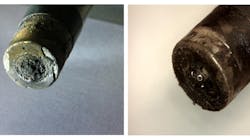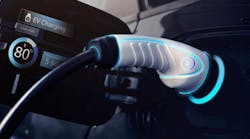It is a creeping process: Over the course of years the engine loses more and more of its performance. Its fuel consumption goes up, as do its emissions values. The fault lies with deposits on the inside of the engine that impede combustion.
Gasoline never combusts completely cleaning in the engine. There are always combustion deposits that settle in the injection system and disrupt the injection of gasoline. This makes combustion even worse and deposits are created even more quickly – a vicious cycle. The older the engine is, the more encrustations it carries around with it on the inside. And the poorer the gasoline quality is, the more deposits are created. Just like a fire burns badly and smokes a lot with damp wood, the same is true of bad gasoline quality in the engine.
Recreating the original performance and consumption values is not difficult. Liqui Moly Jectron can be poured into the fuel tank. Every time the engine is running, the cleaning ingredients, together with the gasoline, get into the injection system and disintegrate the encrustations. The dissolved dirt is burnt in the engine and emitted together with the exhaust gases. The combustion chamber becomes clean again. In the event of tough dirt it can become necessary to use a can of Injection Cleaner for several refuelling processes in a row.
Jectron can also be used preventively: One can every 1,250 miles ensures that new deposits cannot form in the first place.
The Liqui Molu Jectron was tested by Automobile Prüftechnik Landau (APL), a German testing institute, which predominantly carries out engine tests for car manufacturers. To begin with the engineers were skeptical regarding the effect of additives. But the company says the test results convinced them – to such an extent that they now use Injection Cleaner themselves in order to free their test engines from deposits.


